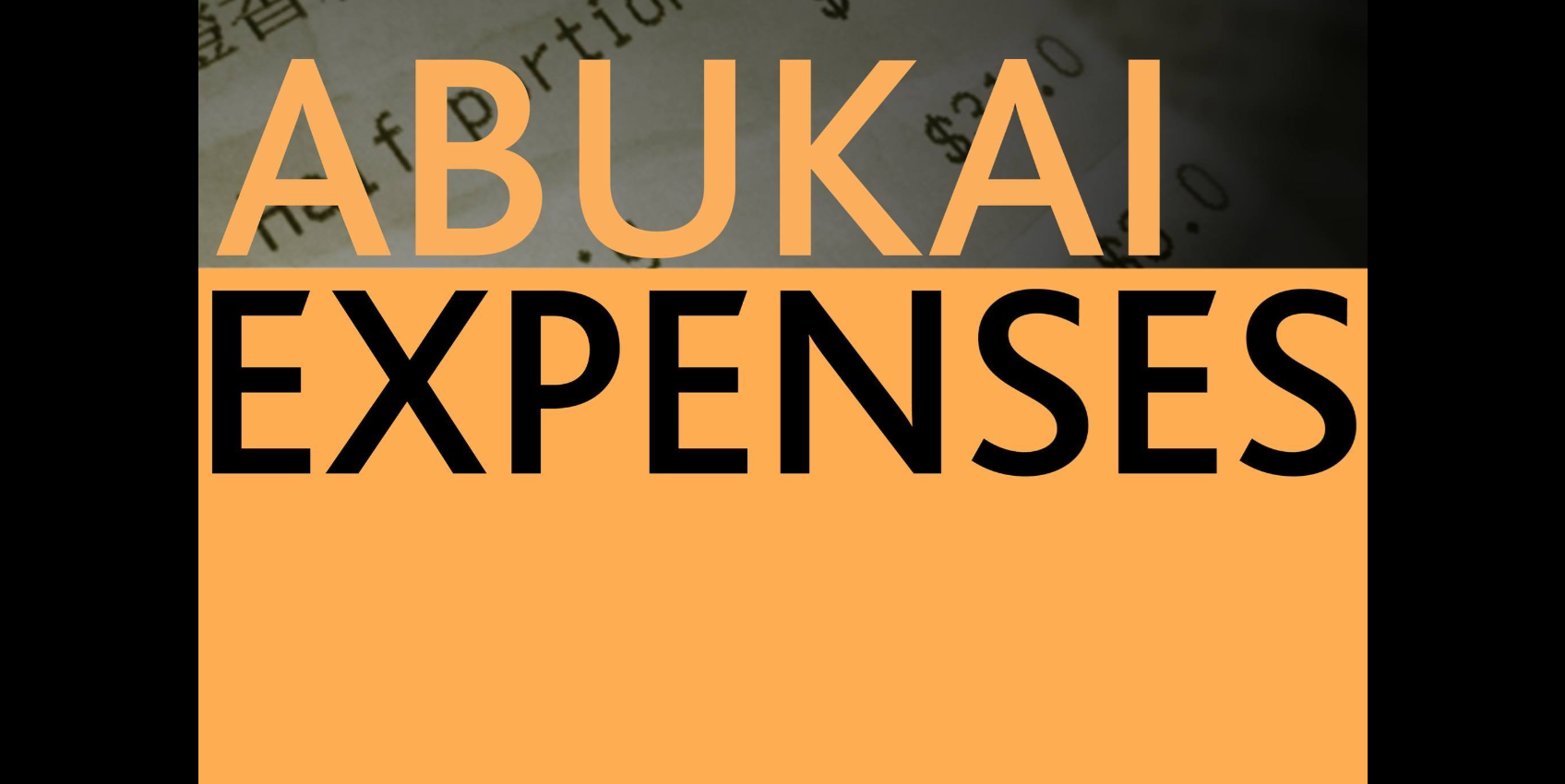More than half (52 percent) of C-suite executives are not leveraging tax data to scenario plan or model for tax policy changes, a mild improvement over last year’s 69 percent. That’s according to KPMG’s annual report, “Tax Reimagined 2022: Perspectives from the C-suite.”
When looking at other business implications, such as leveraging tax data to align with ESG priorities, 68 percent of respondents say they are not currently using tax data compared to 55 percent in 2021, and 60 percent say they are not using data to inform overall business strategy – slight progress from last year’s 62 percent. Against the backdrop of significant tax and climate reform, ongoing negotiations to overhaul the global tax code and years of regulatory complexities, it’s clear that companies are still missing opportunities to add business value by not leveraging tax data.
“The tax and regulatory landscapes are fast evolving and increasingly complex. Chief Tax Officers and Chief Financial Officers, in particular, are faced with numerous pressures to remain up to speed on all the moving parts and to offer stability even during times of great uncertainty,” said Greg Engel(@Greg_Engel_KPMG), Vice Chair – Tax, KPMG LLP. “For these reasons, it’s imperative that C-suite leaders continue to prioritize investments in talent, D&A and technology to ensure the modern tax department continues to add maximum business impact.”
However, the report, which features insights from 300 C-suite executives at organizations with $1 billion or more in revenue, indicates that the profession is moving the needle with promising investments in diverse talent, a greater willingness to upskill inhouse employees, and a new focus on digital agility, creating a slow but steady shift in the overall make-up of the future tax department.
“Tax departments are stepping out of the past by modernizing the skill sets of their talent, embracing DEI, and upgrading the technology they use to plan for the future,” said Rema Serafi(@RemaSerafi), National Managing Partner – Tax, KPMG LLP. “Those organizations that embrace this change will be the ones best positioned to compete and succeed.”
Other Report Findings:
Leveraging the power of tax data
- Sixty five percent are not leveraging tax data to inform decision-making about mergers and acquisitions.
- Sixty four percent are not leveraging tax data to prepare for or respond to audit inquiries.
- Fifty six percent are not leveraging tax data to do predictive modeling.
Navigating the talent landscape
- Eighty three percent say it has been difficult to recruit tax talent this past year.
- Seventy nine percent say it has been difficult to retain tax talent this past year.
- Fifty three percent say it has been difficult to recruit talent with the right skill set.
- Fewer C-suite executives state they are willing to outsource or co-source their tax department in 2022 (43 percent vs. 65 percent in 2021).
- Forty eight percent are inclined to upskill employees, an increase of 12 percentage points over 2021.
Defining the future tax professional
- The C-suite (46 percent) rank coding as the top skill needed to ensure today’s tax department stays competitive, compared with 28 percent in 2021.
- Seventy percent rank scaling technologies (cloud, D&A tools, analytic and visualization) as the most relevant for tax talent to know and use.
- Sixty six percent rank emerging technologies (AI, blockchain, metaverse and quantum computing) as second most important, followed by an understanding of spreadsheets and databases (58 percent).
- Most leaders (57 percent) still prefer to hire tax professionals who can learn technology rather than tech professionals who can learn tax.
Investing in more diverse pipelines
- Majority of survey respondents (54 percent) are setting goals for outreach to underrepresented groups (+8 percentage points from 2021).
- Fifty five percent say their organizations are recruiting from nontraditional colleges and universities (+10 percentage points from 2021).
- Eighty three percent are witnessing more female candidates and hires join the profession compared with previous years.
- Seventy two percent are seeing more candidates and hires from underrepresented groups.
Thanks for reading CPA Practice Advisor!
Subscribe Already registered? Log In
Need more information? Read the FAQs
Tags: Accounting, Digital Currency, ESG, Financial Planning, Taxes




